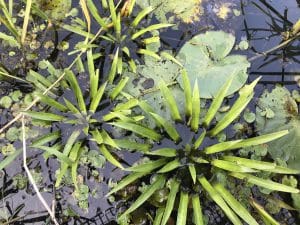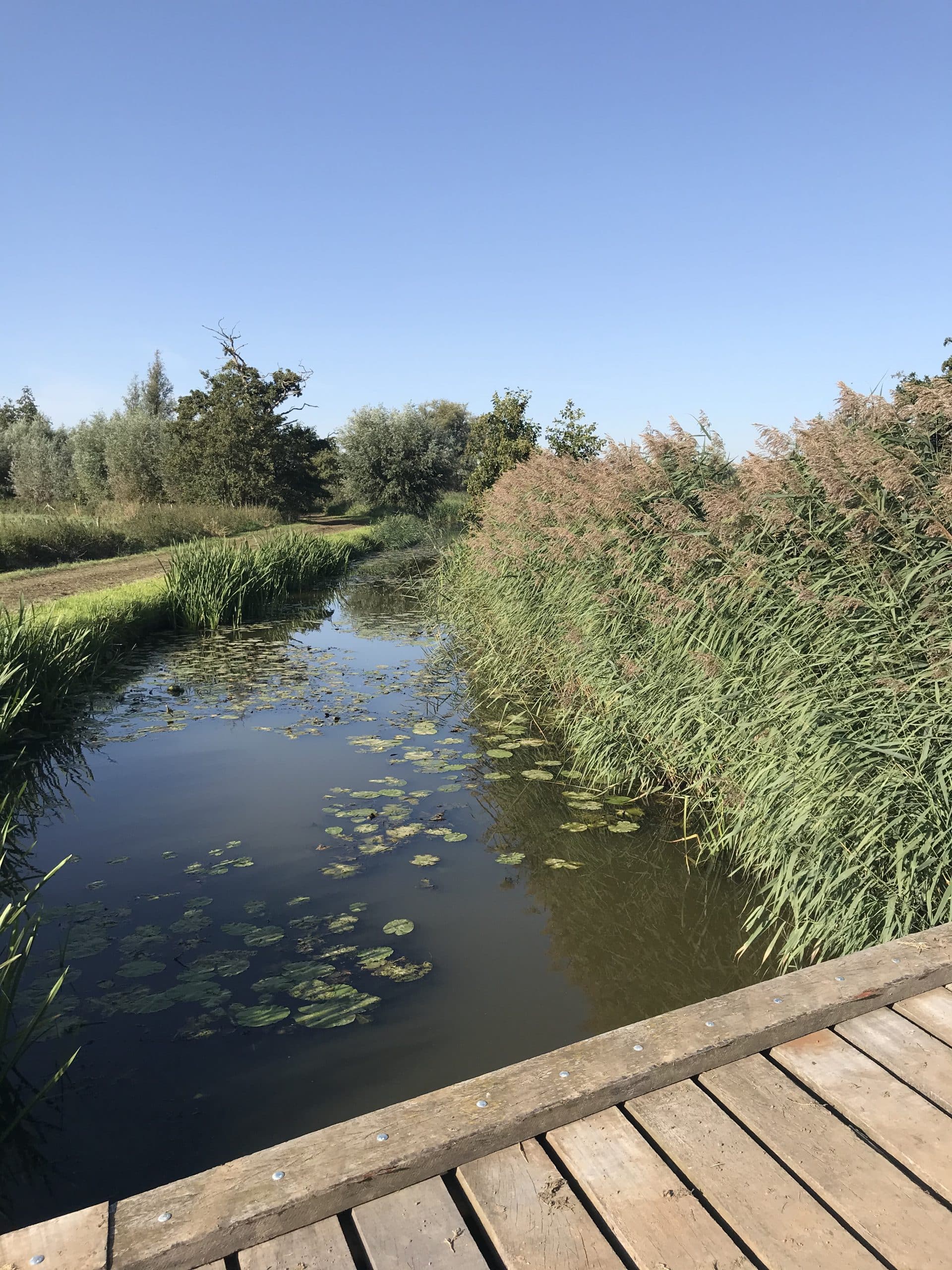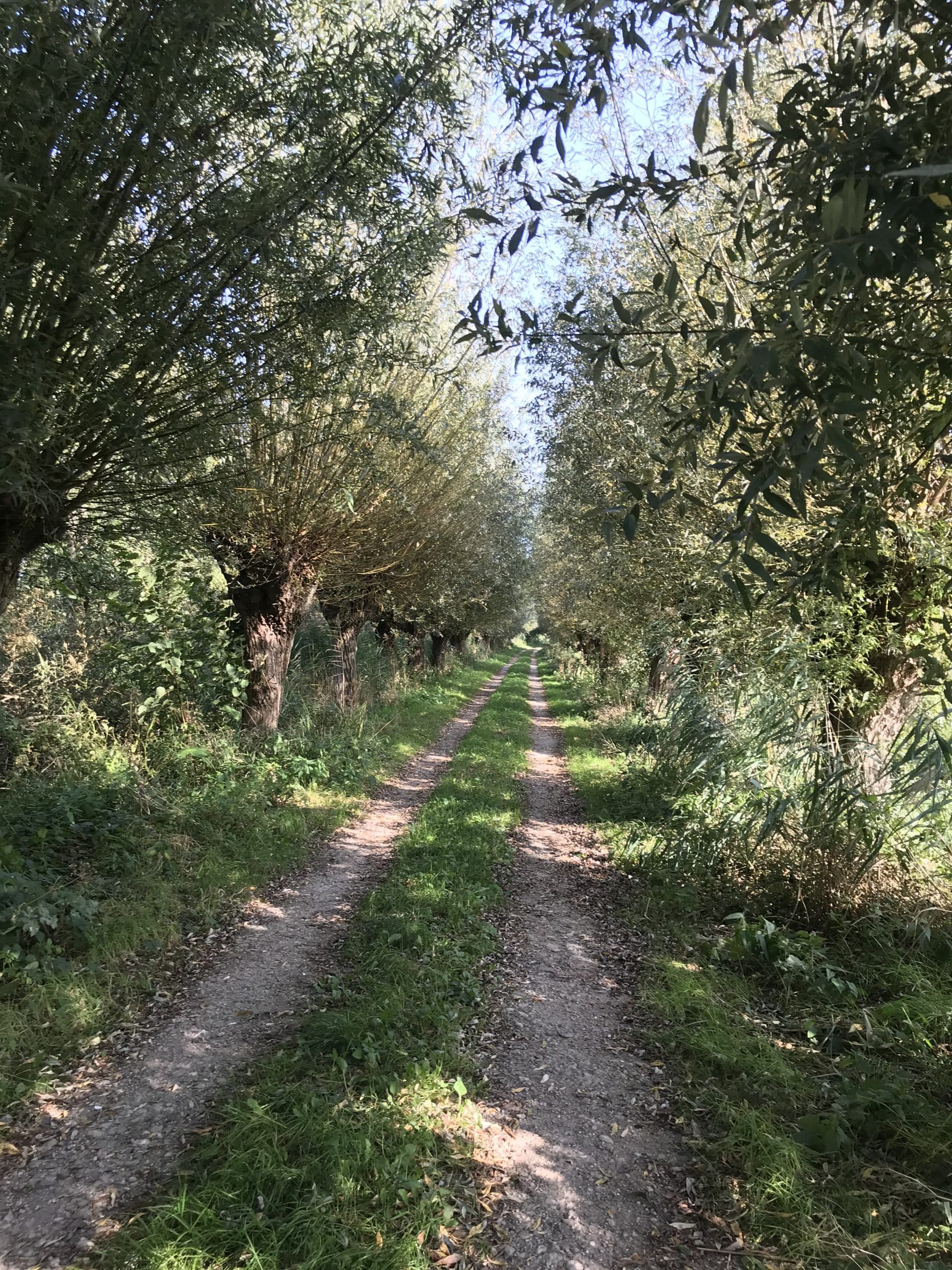Have you ever found your car under a layer of fine Sahara sand first thing in the morning? Probably you paid little attention to it at the time. Maybe you just thought: and I had just washed it. Here in the Netherlands, that dust is at most a little annoying. But did you know that this dust contains important minerals for nature? And did you know that the Amazon rainforest would not exist without these flown-in minerals?
Far from my bed you might think. But Altena has just as wonderful an invisible connection to another area "far away": The Kornsche Boezem would look very different without prehistoric snails from the Belgian Kempen.
If you want to know more about the origins of the Kornsche Boezem and its connection to the Kempen, we have to 12.000 years back in time. We are going in giant leaps, so hold on tight.
12.000 years ago, the Altena region was directly connected to the sea. The area was a marshy delta that flooded regularly. Three types of soil were formed in that Delta: peat, higher ridges of sand and in the lower bowls clay was deposited: bowl clay. It was a rugged, uninhabited landscape.
About 5,500 years ago, the first people settled on the island. They built their settlements on the higher sandy grounds. There they sat high and dry, protected from floods.
But in the early Middle Ages, around the year 1100, the population grew. The sandy soil became too cramped, so the wet, lower-lying areas also had to be reclaimed. The Middle Ages constructed a system of ditches, waterways, storage basins and dikes. The delta changed into a real polder: the Groote or Hollandsche Waard.
The Kornsche Boezem is a small but fine nature reserve near Dussen. Here you can enjoy special nature: from old willows to marshy hay meadows with special plant species such as crab crab, kingcup and marsh fritillary.
The area is freely accessible to hikers.
Caution! The Kornsche Boezem is a wet natural area. Sturdy shoes or boots are not a luxury.
You can park just past Noordeveldse molen (Kornsche Boezemweg 4, Dussen).

The second St. Elizabeth's Flood (1421) and the floods in 1423 made big holes in the dikes. That meant the end of the Groote Waard. The tides got hold of the land again. Especially in the west of the area, near the Hollands Diep, the land eroded by the incoming and outgoing water. A new delta formed. That delta is still there: the Biesbosch.
With new dikes and a new water regime, the area was then made habitable again. One of the new storage basins in this water system was De Kornsche Boezem.
After World War II, Altena was still a very wet area. Because of the many ditches and lots, the land was fragmented. A farmer's land was often scattered throughout the region. If you want to farm effectively, you need large contiguous pieces of land, where one optimal water level can be set for the crop growing there. The land consolidation act offered a solution: farmers exchanged their lots. Ditches and ditches were filled in and moved. This made room for efficient agriculture and cattle breeding.
The land consolidation act also stipulated that space for nature should remain. In Altena, the Kornsche Boezem was designated as a nature reserve. In the middle of the rapidly changing polder, time was stopped in this piece of nature.
Back to the snails. The Belgian Kempen and the Altena region, as mentioned, are invisibly connected. Only that connection is not in windblown dust, but in groundwater. The rainwater that seeps into the soil in the area of Lommel-Neerpelt (B) surfaces again in the land of Heusden and Altena as seepage: groundwater that seeps out. Before rainwater turns into seepage, it has traveled a journey of some 30,000 years. Not only does the water travel at snail's pace, it filters through layers of sandy river deposits containing lots of lime along the way. That lime? That comes from prehistoric snail shells and other shells. The seepage in the land of Heusden and Altena is therefore lime-rich and iron-rich. These minerals provide a special flora and fauna.
In the Kornsche Boezem the water level is carefully managed with ditches, ditches, culverts and weirs to allow for seepage. It is precisely in this area that you will find unusual plants such as crab crab, holly pipe and water sedge. Also the protected moor frog and crayfish thrive here.
And good news for nature: in September 2020, the Forestry Commission will add a new parcel to the Kornsche Boezem. Until now, this parcel had an agricultural use, but now it will be reestablished as humid hay meadow. Through careful nature management at Kornsche Boezem, hopefully we can continue to enjoy the work of prehistoric snails in Altena into the distant future.

The Noordeveldse Molen is the last remaining of 7 polder mills that have been used to drain the polder near Dussen since 1470. The Noordeveldse molen is the youngest of the bunch, it was built in 1795. The mill served until 1962, after which its task was taken over by steam and later diesel scoop wheel pumping stations.
The seesaw watermill burned down partially in 1992, probably due to arson. Fortunately, after a restoration, you can admire it again since 1997. When the mill is running, you are welcome!
You can find the Noordeveldse Molen on the Kornsche Boezemweg 4 in Dussen


